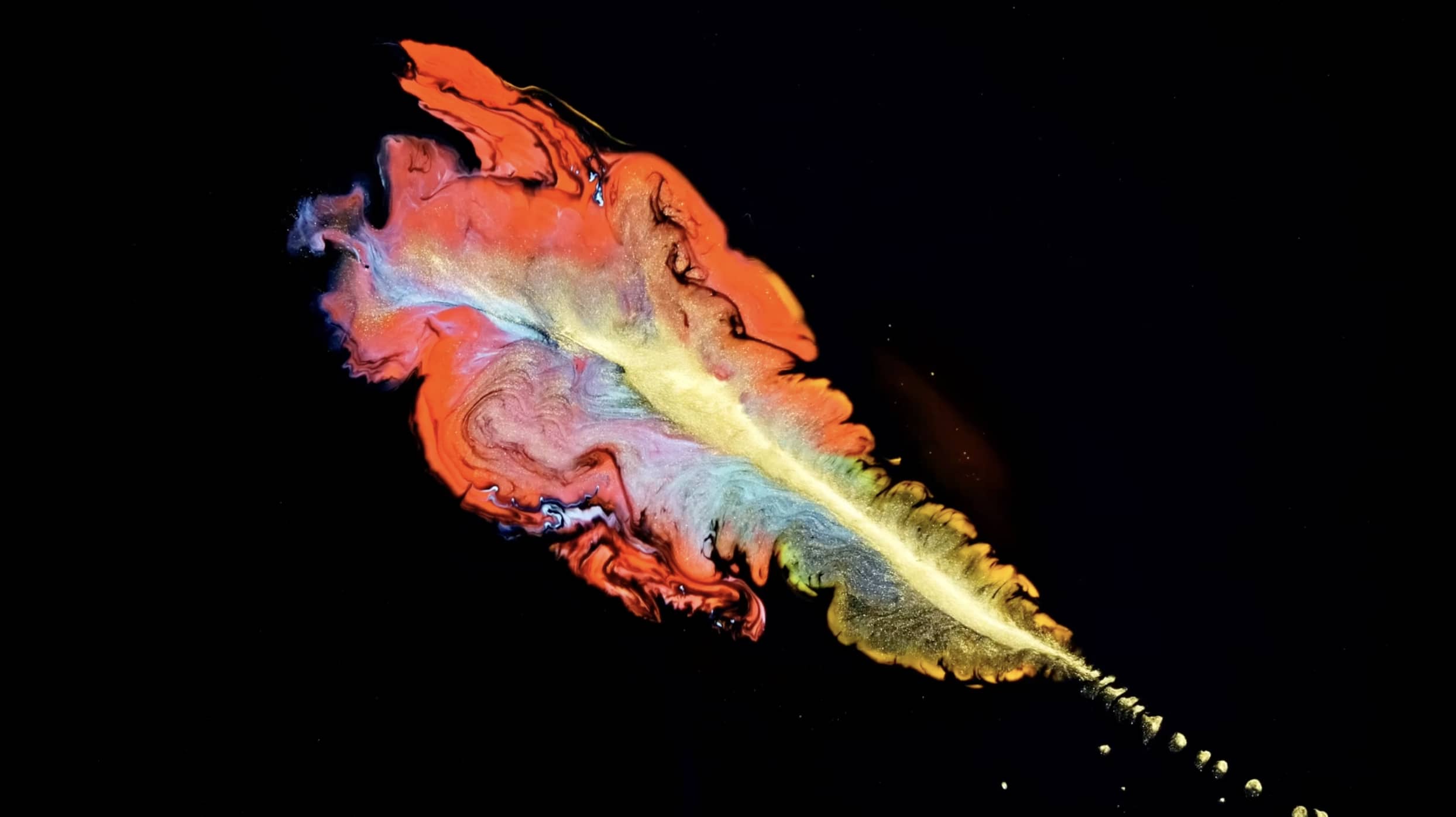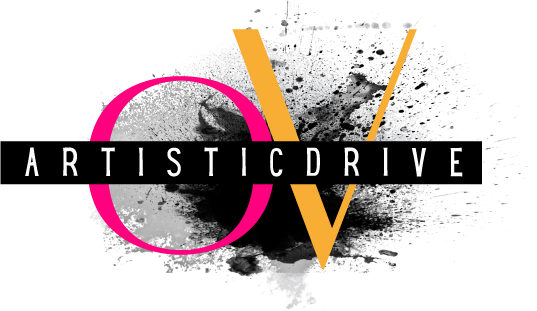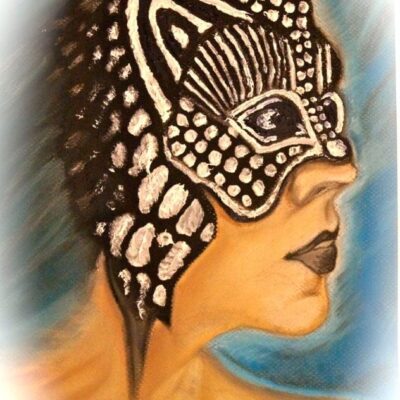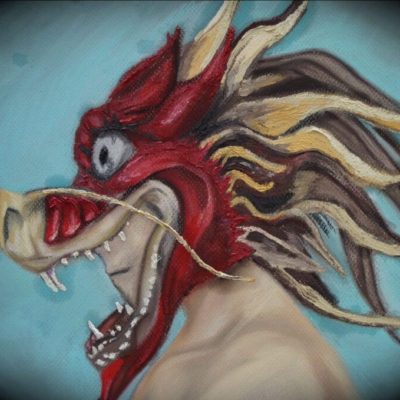To ancient civilizations across the globe, “animals” were not considered separate from humanity but part of the same continuum of existence. Animal existence was considered part of the human cycle of life, death, and rebirth. Animals by nature symbolized human and divine traits, both desirable and undesirable, and embodied also the domains they inhabited. Animals represent civilizations past, present and future.

JAGUAR
10″ in (w) x 14″ in (h) – Soft pastels and oil painting on paper
About the jaguar:
As for the myths and legends, the jaguar was seen as a god in Peru, Mexico, and Guatemala, in pre-Columbian America. The Mayans, Aztecs, and the Inca all worshiped the jaguar in some form.
In Mayan methodology, the jaguar was seen as the ruler of the Underworld, and as such, a symbol of the night sun and darkness. The yaguar is representative of power, ferocity, and valor; he is the embodiment of aggressiveness. For some, the jaguar represents the power to face one´s fears or to confront one´s enemies. However, they are also associated with vision, which means both their ability to see during the night and to look into dark parts of the human heart. The jaguar often warns of disaster, he does not offer any reassurance. Along with physical vision, jaguars are also associated with prescience and the foreknowledge of things to come.
DRAGON / DRAGÓN
10″ in (w) x 14″ in (h)– Soft pastel and oil painting on paper
About the dragon:
In Eastern cultures, the dragon is commonly the symbol of nobility, solemness, holiness, and good fortune.
The Eastern Dragon is portrayed as an auspicious creature with magical power that coexists in heaven with gods. When Buddhists and Taoists achieve perfection, they ascend to heaven by riding an Eastern dragon.


